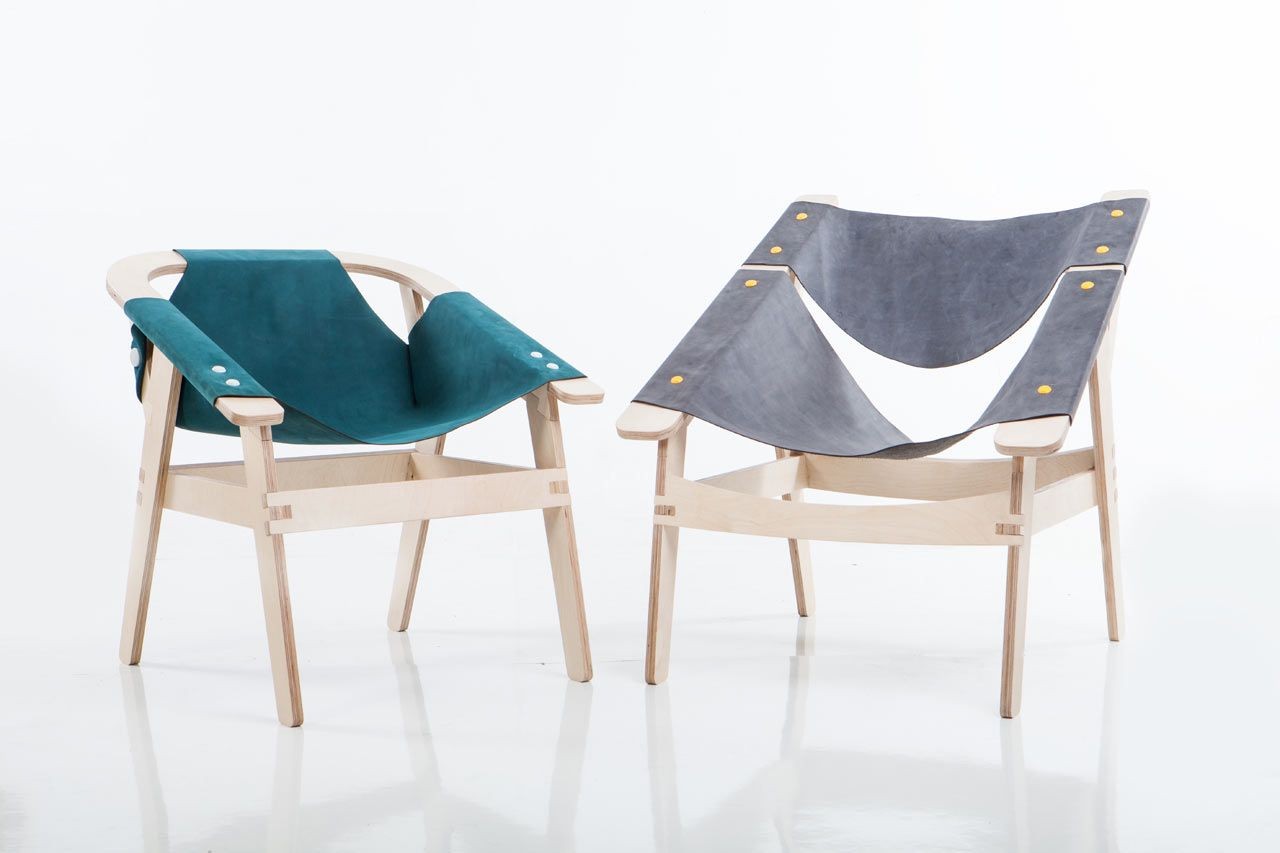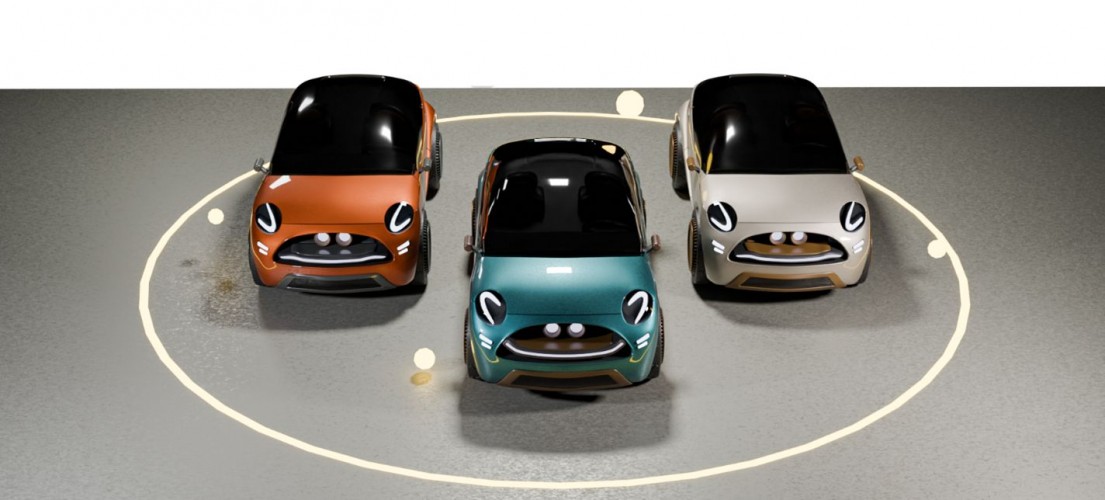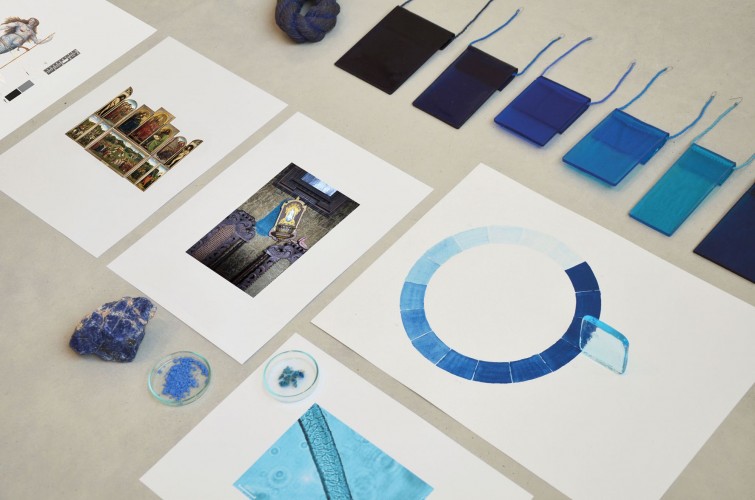Open Source: Πιο οικολογικό και minimal design που δεν γνωρίζει σύνορα
DS.WRITER:
Σοφία Θρουβάλα
Πηγή Κεντρικής Εικόνας: design-milk.com
Τι είναι το open source και ποια η σχέση του με το σύγχρονο design; Μπορεί ο οποιοσδήποτε να τυπώσει και να συναρμολογήσει έπιπλα σημαντικών designers στο σπίτι του; Το μόνο που χρειάζεται κανείς είναι να κατεβάσει -αγοράζοντας ή και δωρεάν- το σχέδιο που επιθυμεί και να το στείλει στο CNC, ένα μηχάνημα που κόβει ξύλα με πατρόν ένα ψηφιακό αρχείο, ακριβώς όπως συμβαίνει με τα εκτυπωμένα pdf ή τους 3D printers. Τι δυνατότητες δίνει όμως όντως αυτό το νέο εξατομικευμένο “προϊόν” και τι προβλήματα προκύπτουν τελικά;
Μεγάλος αριθμός πια σχεδιαστών δημιουργούν τμηματικά αρχεία για τη συναρμολόγηση επίπλων, όπως βιβλιοθήκες, τραπεζάκια, καρέκλες και παγκάκια. Πλατφόρμες, όπως το Opendesk, δίνουν τη δυνατότητα σε όποιον το επιθυμεί να αποκτήσει τμηματικά τα αγαπημένα του έπιπλα, εφόσον έχει πρόσβαση σε κάποιο ειδικό εργαστήρι ξυλοκοπτικής ή γενικότερα σε κάποιο CNC, και τέλος ο ίδιος μπορεί να τα συναρμολογήσει στον χώρο του ή ακόμα και να παρέμβει στο τελικό σχέδιο.
Η δημιουργική και εύκολη διαδικασία που προτείνει η Open Source, μοιάζει, και για αυτό παίρνει τον ίδιο τίτλο, με το κίνημα προγραμματισμού της δεκαετίας του ‘90. Το τότε Open Source έδινε ελεύθερα κώδικα προγραμματισμού, ελεύθερο προς χρήση και τροποποίηση από τον οποιονδήποτε. Η ελεύθερη πρόσβαση σε μια γνώση που αποτελεί το DNA του κυβερνοχώρου τον συνδιαμόρφωσε, αφού σελίδες όπως το γνωστό WordPress προέκυψαν από την πρόσβαση στον εν λόγω κώδικα.
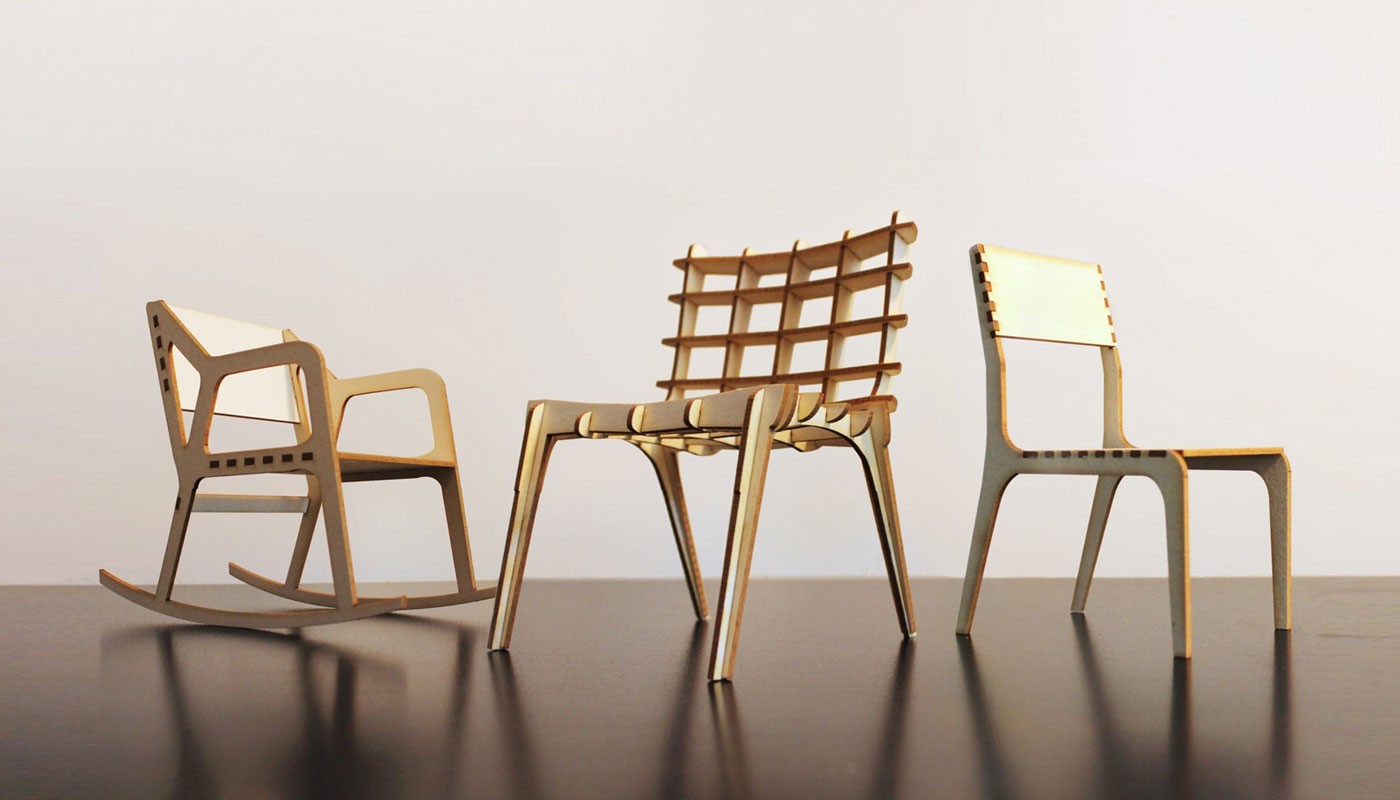
moveisparacasa.com.br
Έτσι, στην ίδια ακριβώς λογική και σε συνέχεια αυτής, το Open Source (που αφορά το design) χρησιμοποίησε την προγραμματιστική αντιγραφή ως μια νέου τύπου γραμμή παραγωγής, που συνδυάζει επιτυχώς τη σύγχρονη τάση για DIY αντικείμενα και την εμπειρία του μινιμαλιστικού design. Ενώνοντας τον λειτουργικό και τον δημιουργικό σχεδιασμό με τη λογική του εξατομικευμένου πελάτη και την έννοια της γραμμής παραγωγής, χωρίς μεγάλες εγκαταστάσεις, χωρίς μόλυνση και φυσικά χωρίς εξαγωγές και εισαγωγές, το design αλλάζει τελείως πρόσωπο προωθώντας μια τελείως νέα αγορά και μια διαφορετικού τύπου εμπορική φιλοσοφία. Επιπλέον, με τον τρόπο αυτόν, προάγεται μια οικολογική βιομηχανία η οποία βοηθά και ευνοεί σποραδικά μικρές και τοπικές επιχειρήσεις, οι οποίες απλώς και μόνο διαθέτουν τον απαραίτητο εξοπλισμό για την “εκτύπωση” των επίπλων. "Share Globally and Produce Locally" είναι ένα από τα μότο του κινήματος Open Source.
Το κόστος των επίπλων μοιράζεται μεταξύ σχεδιαστή, κατασκευαστή-εργαστηρίου και πλατφόρμας, πχ Opendesk, η οποία δίνει βήμα σε εκατοντάδες designers και woodworkers σε όλο τον κόσμο. Ακόμη και κάποια δωρεάν σχέδια προς ελεύθερη χρήση διατηρούν την ταυτότητα του δημιουργού τους, προστατεύοντας έτσι την πνευματική του ιδιοκτησία. Ο πρώτος ντιζάινερ που είδε και χρησιμοποίησε τις δυνατότητες του Open Source ήταν ο Denis Fuzii, ο οποίος σχεδίασε και τύπωσε ψηφιακά τα μέλη μιας καρέκλας για έναν πελάτη του. Η ζήτηση που προέκυψε μετά την πρώτη αυτή εκτύπωση, οδήγησε στη λύση του προβλήματος που θα ανέκυπτε. Το πρόβλημα της μεταφοράς, το κόστος και το οικολογικό αποτύπωμα. Έτσι, προώθησε το σχέδιό του σε CNC εργαστήρια στην Ευρώπη, ενώ ο ίδιος βρισκόταν στο São Paulo. Οι ιδρυτές του Opendesk τον κάλεσαν να συμμετάσχει στο πρότζεκτ τους, δημιουργώντας για αυτούς σχέδια τα οποία σε λιγότερο από δύο μήνες έμελλε να “κατέβουν” πάνω από 5.000 φορές και να συναρμολογηθούν σε πάνω από 100 χώρες.

aoini.com
Παρά την ελευθερία και τις λύσεις που προσφέρει σε αρκετούς τομείς η λογική του DIY εκτυπωμένου επίπλου, ελλοχεύουν κι αρκετά προβλήματα, όπως με την τρισδιάστατη εκτύπωση εν γένει. Όσο μεγαλύτερη γίνεται η οικειότητα και η κατανάλωση αυτών των υπηρεσιών, τόσο μεγαλύτερη γίνεται και η αγορά, και τόσο διευρύνεται το φάσμα των εκτυπώσιμων προϊόντων. Κοιτάζοντας το ίσως πιο διαδεδομένο πια 3D printing, μπορούμε να υποθέσουμε κάποια ζητήματα που ίσως προκύψουν αντιστοίχως και στο εκτυπώσιμο αντικείμενο-έπιπλο. Ήδη, έχει υπάρξει νομοθεσία στις ΗΠΑ για την απαγόρευση εκτύπωσης όπλων αλλά και του σχεδιασμού και διαμοιρασμού αυτών μέσω του open source. Συγκεκριμένα, θεωρώντας πως είναι ανέφικτη η απόκτηση μιας μακροπρόθεσμης -νόμιμης- συνεργασίας με τη βιομηχανία όπλων, μια από τις βασικότερες πηγές πλούτου παγκοσμίως, έχουν ήδη προταθεί PrinTracker για τα 3d printed όπλα, προκειμένου να ιχνηλατούνται και να μην διασπείρονται σε μη νόμιμες οδούς.
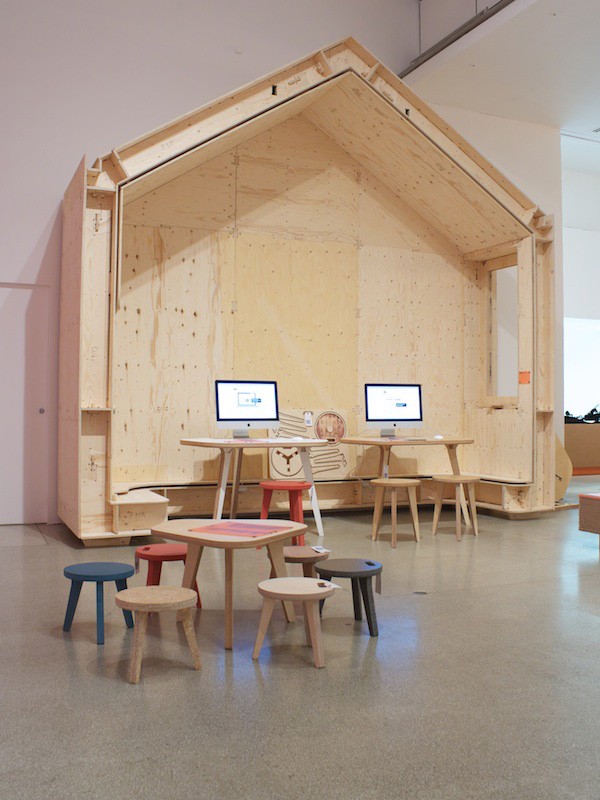
wdo.org
Οι τρύπες στις νομοθεσίες αλλά και η ίδια η ανάγκη για επούλωση αυτών, δείχνουν τη δύναμη που έχει η νέα αυτή κατασκευαστική συνθήκη, η οποία, αν και προλαμβάνει μεγάλα προβλήματα που αφορούν περισσότερο τη μείωση των περιβαλλοντικών επιπτώσεων και την αύξηση της συνεργατικής συμπεριφοράς μεταξύ των δημιουργών ανά τον κόσμο, παράλληλα, όπως άλλωστε κάθε νέα προσφορά, δημιουργεί το έδαφος -και- για λάθος ζήτηση, με μία από τις μεγαλύτερες δυσκολίες να είναι η έλλειψη ελέγχου της εμπορικής χρήσης των έργων, ενώ επίσης το υψηλό τελικά κόστος παραγωγής καταλήγει να αποτελεί θέμα προς επίλυση, αφού περιορίζει και εξειδικεύει περαιτέρω την αγορά παρά τη δημοκρατικοποιεί.
Further Reading:




